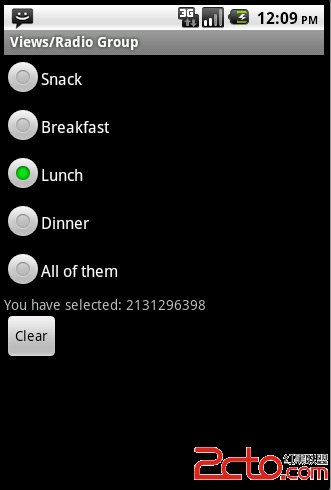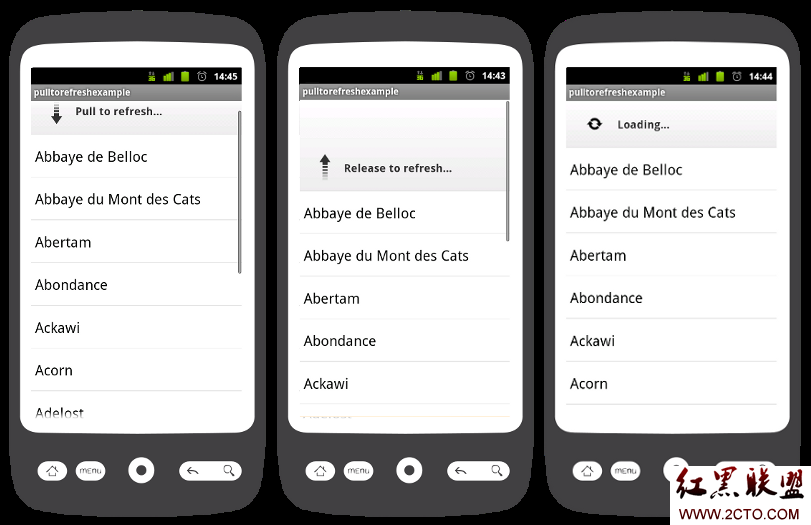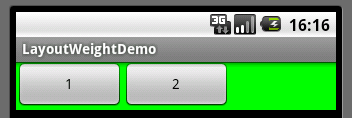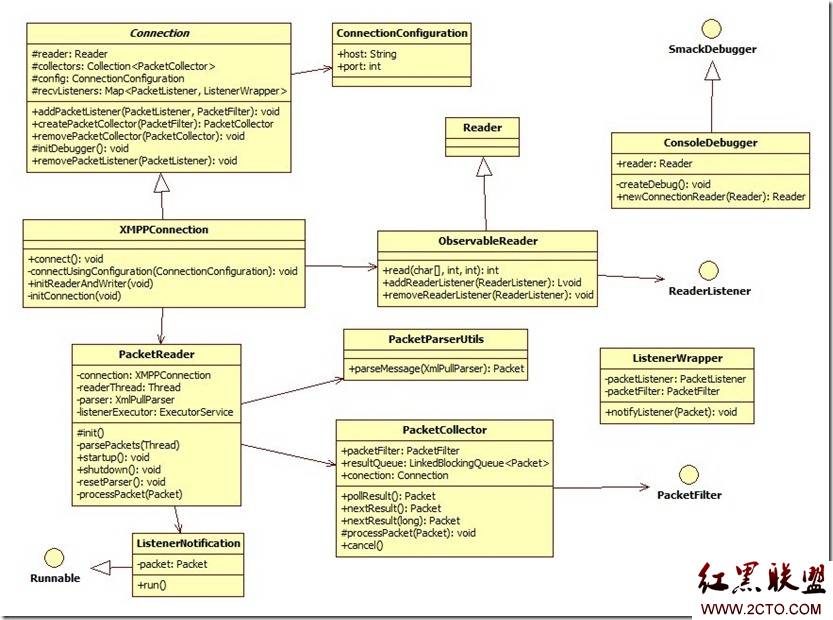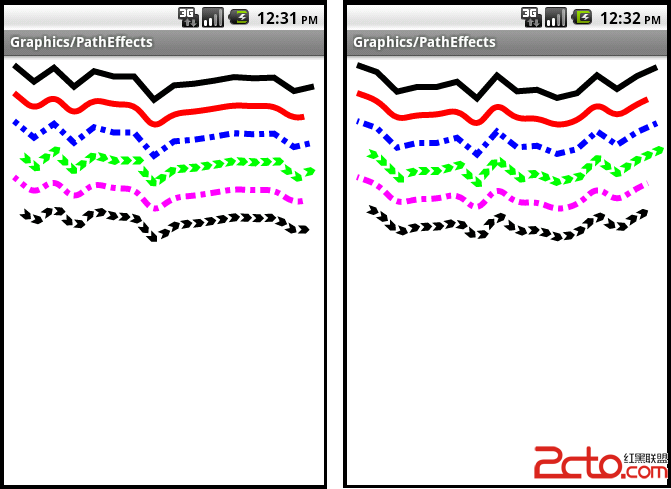HTTP请求字符串/字节数组资源
Java代码
package lizhen.http;
import java.io.IOException;
import org.apache.http.HttpEntity;
import org.apache.http.HttpResponse;
import org.apache.http.HttpStatus;
import org.apache.http.client.ClientProtocolException;
import org.apache.http.client.HttpClient;
import org.apache.http.client.methods.HttpGet;
import org.apache.http.impl.client.DefaultHttpClient;
import org.apache.http.util.EntityUtils;
public class HTTPRequest {
private String errorMessage; //錯誤信息
/**
* HTTP請求字符串資源
* @param url URL地址
* @return 字符串資源
* */
public String httpRequestString(String url) {
String result = null;
try {
HttpEntity httpEntity = httpRequest(url);
if(httpEntity != null) {
result = EntityUtils.toString(httpEntity, "urf-8"); //使用UTF-8編碼
}
} catch (IOException e) {
errorMessage = e.getMessage();
}
return result;
}
/**
* HTTP請求字節數組資源
* @param url URL地址
* @return 字節數組資源
* */
public byte[] httpRequestByteArray(String url) {
byte[] result = null;
try {
HttpEntity httpEntity = httpRequest(url);
if(httpEntity != null) {
result = EntityUtils.toByteArray(httpEntity);
}
} catch (IOException e) {
errorMessage = e.getMessage();
}
return result;
}
/**
* 使用HTTP GET方式請求
* @param url URL地址
* @return HttpEntiry對象
* */
private HttpEntity httpRequest(String url) {
HttpEntity result = null;
try {
HttpGet httpGet = new HttpGet(url);
HttpClient httpClient = new DefaultHttpClient();
HttpResponse httpResponse;
httpResponse = httpClient.execute(httpGet);
int httpStatusCode = httpResponse.getStatusLine().getStatusCode();
/*
* 判斷HTTP狀態碼是否為200
* */
if(httpStatusCode == HttpStatus.SC_OK) {
result = httpResponse.getEntity();
} else {
errorMessage = "HTTP: "+httpStatusCode;
}
} catch (ClientProtocolException e) {
errorMessage = e.getMessage();
} catch (IOException e) {
errorMessage = e.getMessage();
}
return result;
}
/**
* 返回錯誤消息
* @return 錯誤信息
* */
public String getErrorMessage() {
return this.errorMessage;
}
}
示例代码使用HTTP Get方式请求远端资源。
httpRequestString方法适用于请求XML/JSON等文本资源。
httpRequestByteArray方法适用于请求图片/音乐等二进制资源。
当返回值为null时,调用getErrorMessage方法返回错误信息。
作者“Dyingbleed”
补充:移动开发 , Android ,